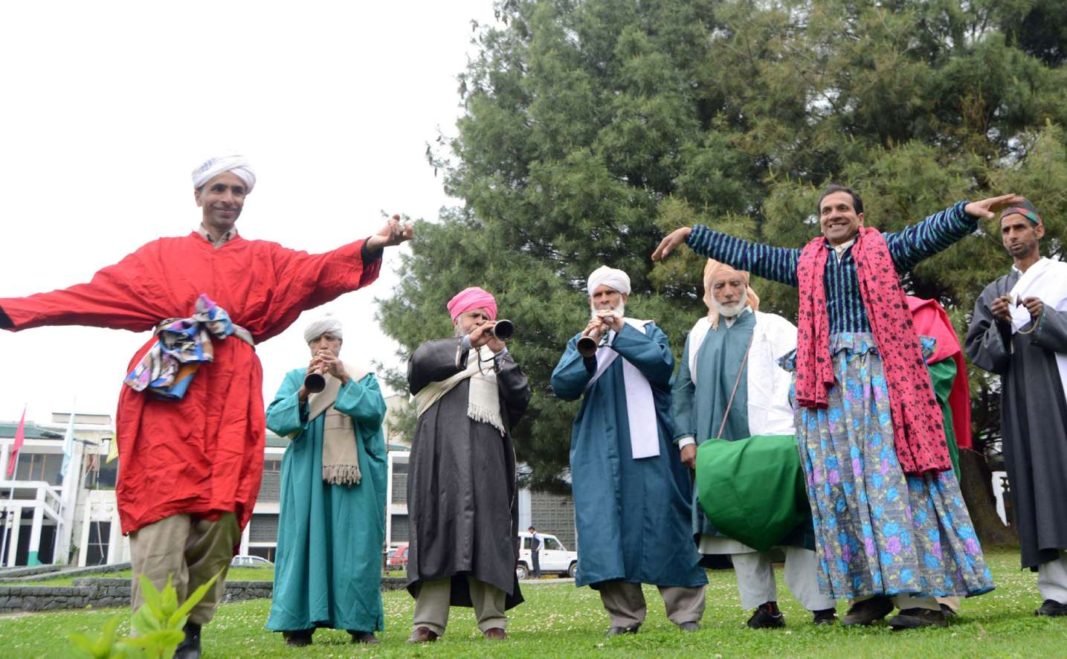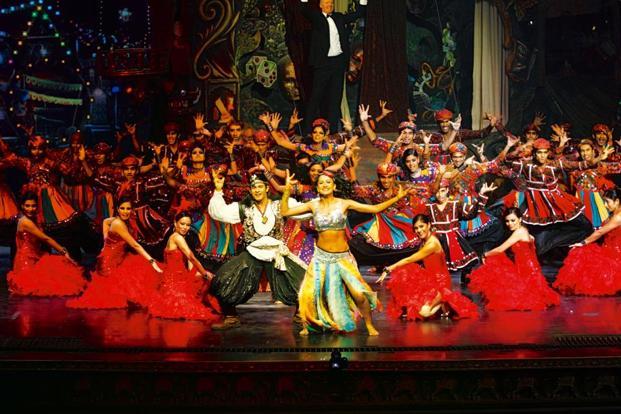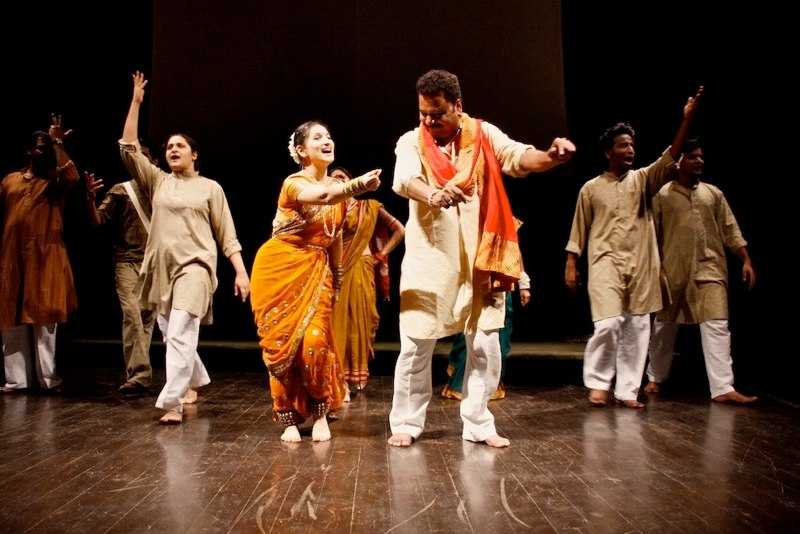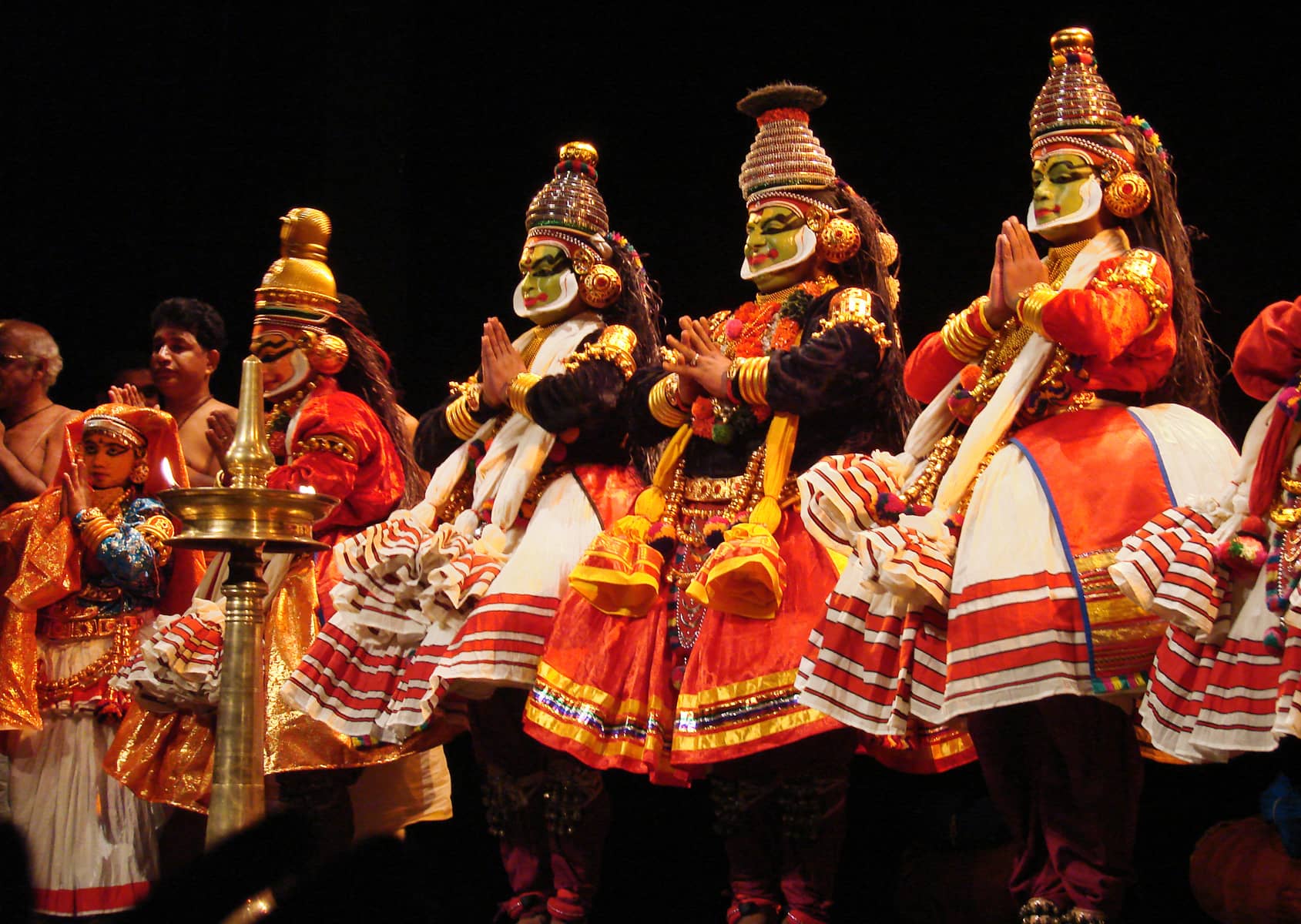Five ancient theatre art forms from India
Traditional Indian theatre goes beyond the acclaimed actors. It’s about reciting stories from history, talking of social issues and passing culture from one generation to another.
Theatre practices in India are said to have initiated about 5,000 years ago. The Natya Shastra, written by Bharat Muni, is the earliest of books on Indian theatre art and its practices, and is a testament of the age old practice in India.
In its most typical form, traditional Indian theatre exhibits a pop of music, dance and drama on stage with the coming together of all these elements in a narrative from. In fact, it is this following of narrative formats that makes Indian theatre a very wide subject to study or practice.
While there are references of theatre arts being practised in the two Indian epics, the Ramayana and the Mahabharata, these stories have themselves been adopted into plays – plays ‘narrating’ the greatest of Indian sagas. And, similarly, Indian theatre has had adaptations from various other forms of literature from various parts of the country. Not just this, the inspiration for may plays is rooted in the rich Indian culture, its heritage, traditions, festivals and even the place or state they come from.
In Bhand Pather, for instance, a traditional theatre practice from Kashmir, dance, music, singing and acting are brought together, to many a times touch social matters alongside a display of mythological legends and contemporary social satire. The music to this folk art is provided through traditional Indian instruments like dhol, nagara and swarani, and the acting, which can be realistic or exaggerated, can be performed in languages ranging from Kashmiri to Dogri, Punjabi to even English. The act is staged by Bhands, the traditional performers of the valley, who are found in almost all districts of Kashmir and regularly feature scenes from their life. A rather popular art from in the state, the craft of it is passed down from generation to generation, from father to son who are masters of it.
Another very popular form of Indian theatre is Nautanki, an art usually associated with the state of Uttar Pradesh, with its most popular centres being the cities Lucknow, Kanpur and Haathras. Once dominated by male artists, this popular theatre form gradually opened its stage to female artists too. In fact, among some modern names remembered for reviving this old theatre from is a lady named Gulab Bai, the first female artist of the traditional drama.
Unlike Nautanki, Tamaasha, a traditional folk theatre from Maharashtra, sees female actresses as its star or chief exponent. Classical music, fast paced foot work and vivid gestures are used to tell stories through dance. This form of theatre evolved from other folk forms such as Gondhal and Kirtan, which also have women participants in the forefront, reciting stories of gods and goddesses.
Also telling sagas from holy legends is Raasleela, a theatre which only depicts scenes from the life of Lord Krishna. A form of storytelling involving episodes from Lord Krishna’s life, Raasleela is popularly performed on festivals like Janmasthmi (Lord Krishna’s birth anniversary).
Krishnattam is another theatre form telling stories from the life of Lord Krishna, staging episodes from his birth, childhood pranks and his other notorious deeds. A folk art from the southern Indian state of Kerala, it is a cycle of eight plays performed for eight consecutive days. The plays are Avataram, Kaliamandana, Rasa krida, kamasavadha, Swayamvaram, Bana Yudham, Vivida Vadham and Swargarohana.
With other forms such as Dashavatar, Therukoothu, Yakshagaana, Jatra and Mudiyettu also being part of the traditional Indian theatre bloc, the stories to share are aplenty and the crafts are varied and colourful.














